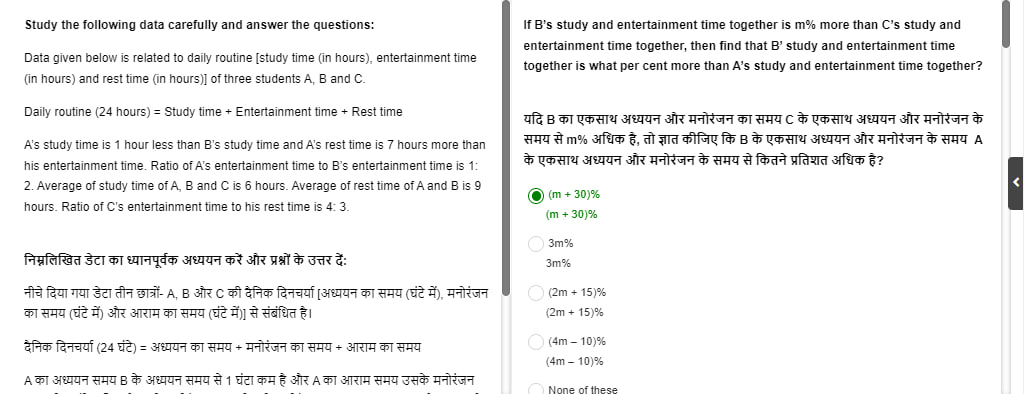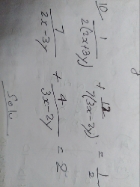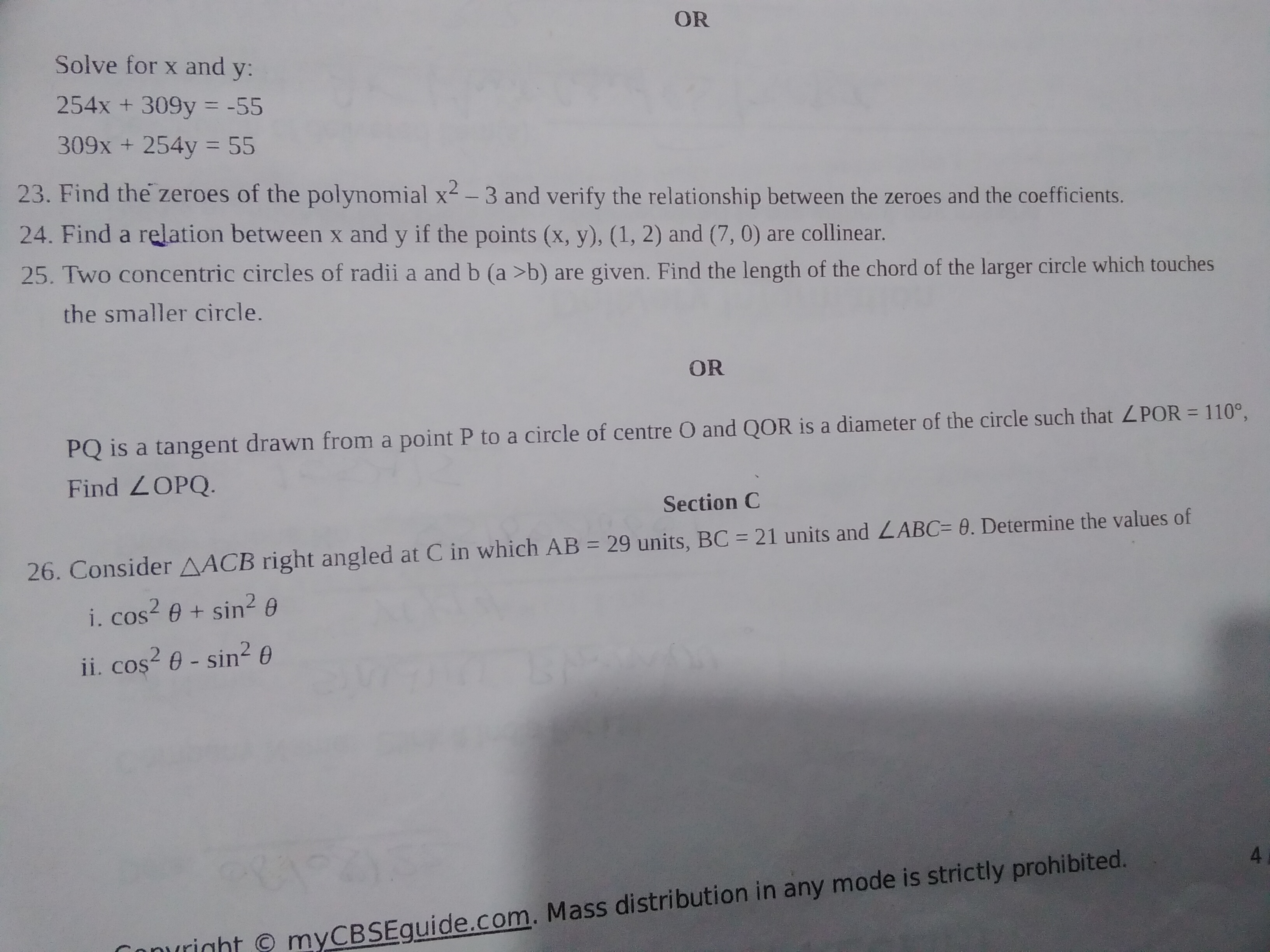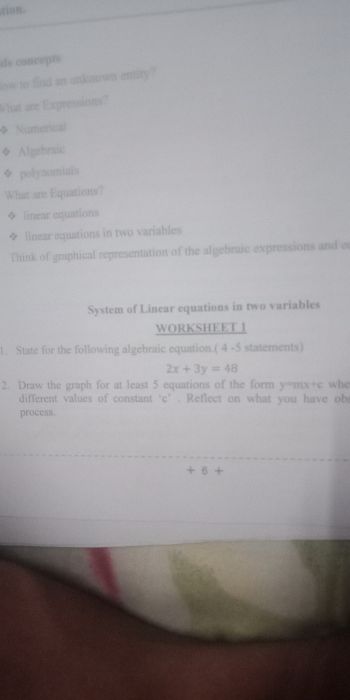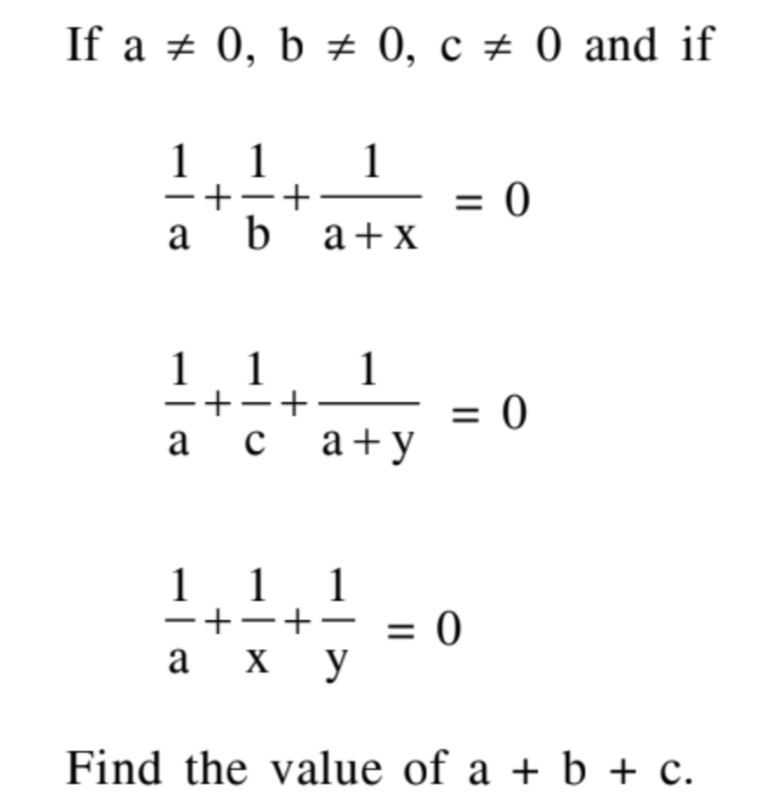CBSE Class 10 Answered
A cyclist, after riding a certain distance, stopped for half an hour to repair his bicycle, after which he completes the whole journey of 30 km at half speed in 5 hours. if the breakdown had occured 10 km farther off, he would have down the whole journey in 4 hours. find where the break down occured and his original speed.
Asked by maragadhasudha | 11 Aug, 2015, 07:25: PM
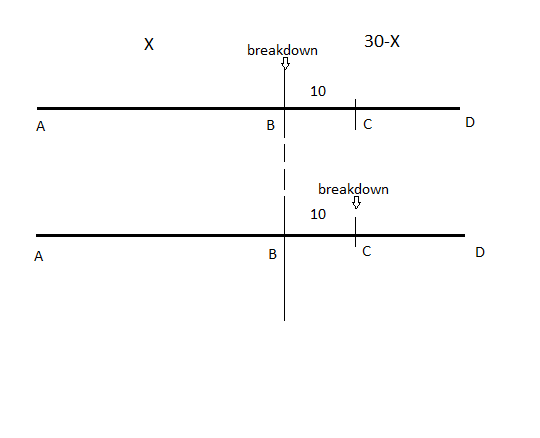
The two cases are shown in the figure above.
In the first case, the breakdown occurs at point B, where the cyclist stops for half an hour.
Let the distance travelled before breakdown be X(AB) as shown in the figure. Then, the remaining distance BD=30-X.
Speed from A to B is 2V and speed from B to C is V.
In the second case, the breakdown occurs at point C which is 10 km farther off from point B as shown in the figure.
Speed from A to C is 2V and speed from C to D is V.
As we can notice, in both cases, the only difference is the speed with which the cyclist goes from B to C.
In the first case the speed from B to C is V and in the second case the speed from B to C is 2V.
From A to B and from C to D , the speeds remain the same in both cases.
Hence, the difference in time of travel in both cases is due to the difference in speed from B to C only.
From B to C , the speed becomes twice from case 1 to case 2 with distance remaining the same. Hence, time will be halfed.
If 't' is the time taken to go from B to C in case 1, then the time taken to go from B to C in 2nd case will be t/2.
Hence, the difference in time of travel from B to C is t - t/2 = t/2.
This has to be the difference in time for the whole journey as well because the speed remains the same for remaining parts.
Hence, t/2 = 5-4 = 1 hr.
t= 2 hours......(1)
Hence, in the first case the cyclist travels from B to C in 2 hours.
Distance from B to C is 10 km. Hence, speed from B to C in 1st case = 10 / 2 = 5 kmh.
Hence, in the first case speed from B to D is 5 kmh.
Speed from A to B is twice of that. Hence, speed from A to B is 10 kmh.
Now, the time taken for repair of cycle is half an hour.
Hence, the actual time of travel is 5 - 0.5 = 4.5 hour.

Answered by satyajit samal | 12 Aug, 2015, 10:22: AM
Application Videos
Concept Videos
CBSE 10 - Maths
Asked by jhajuhi19 | 01 Feb, 2024, 08:43: AM
CBSE 10 - Maths
Asked by am.mansi628 | 29 Nov, 2023, 05:38: PM
CBSE 10 - Maths
Asked by bhaveskumar9938 | 08 Jul, 2023, 05:40: AM
CBSE 10 - Maths
Asked by bhawnabansal47809 | 01 Jun, 2022, 07:23: PM
CBSE 10 - Maths
Asked by preetijain4723 | 27 Apr, 2022, 09:48: PM
CBSE 10 - Maths
Asked by dhruvdilipschool | 07 Mar, 2022, 11:37: AM
CBSE 10 - Maths
Asked by Senorita | 30 Dec, 2021, 11:23: AM











